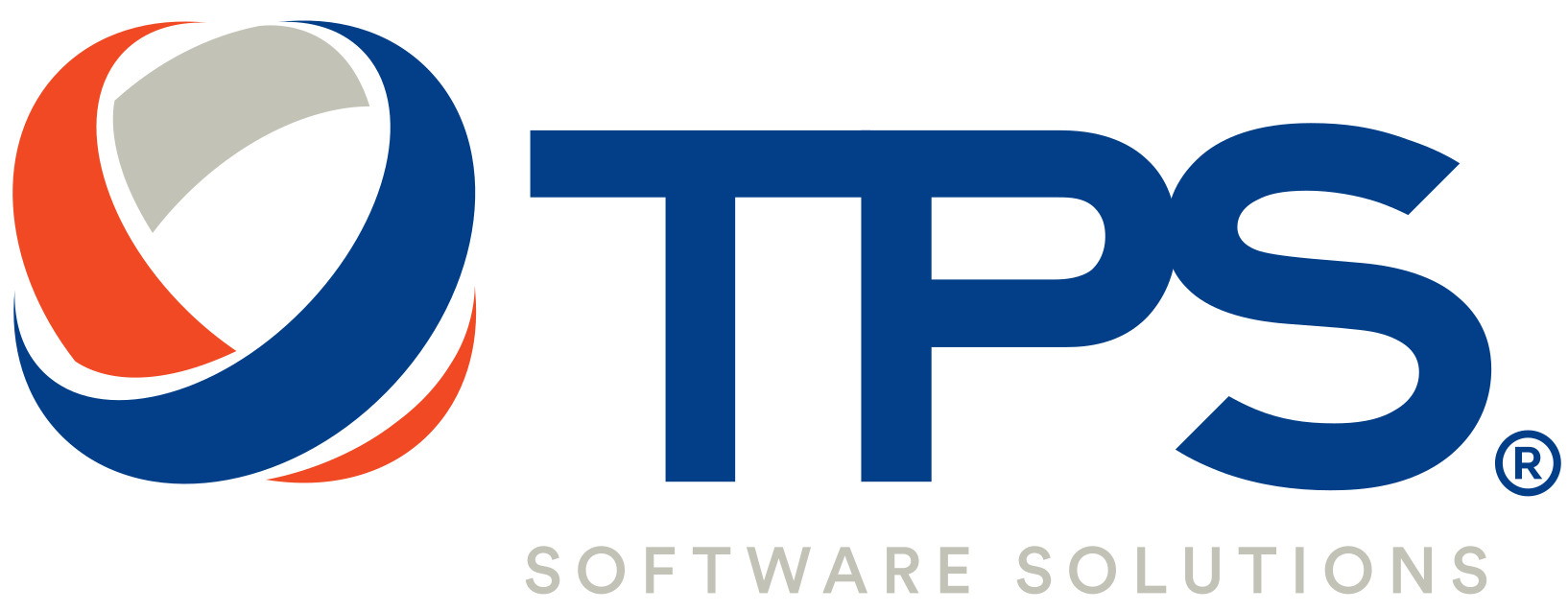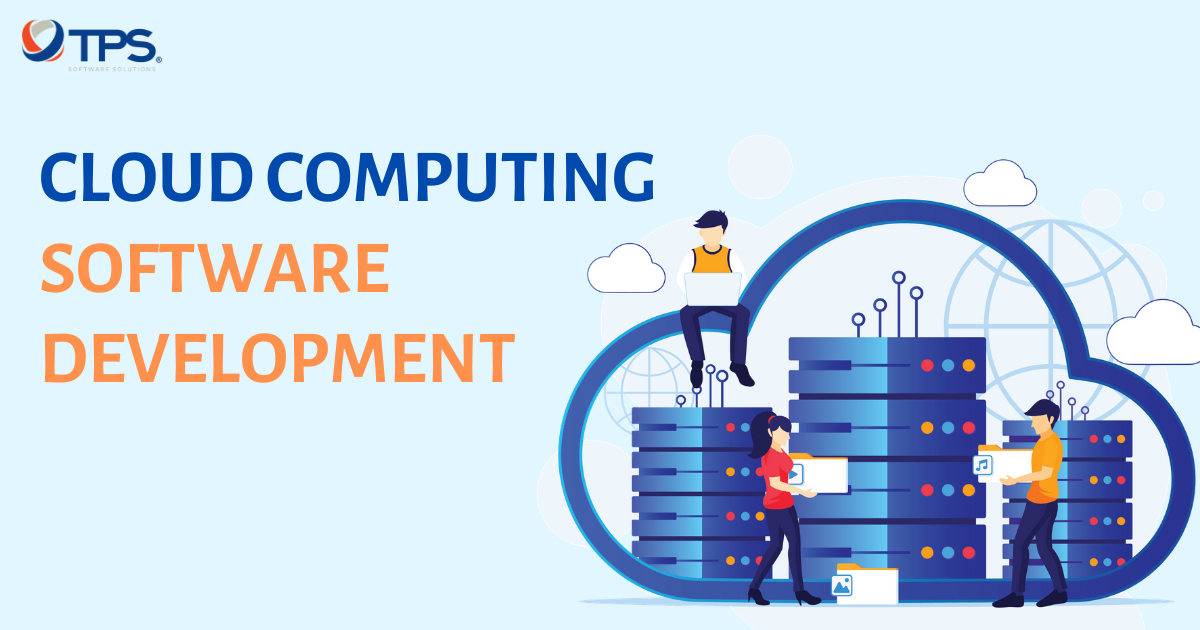Cloud computing software development is one of the technology trends for the years to come. According to Gartner, Inc. the worldwide public cloud services market is forecast to grow 6.3% in 2020 to a total $257.9 billion, up from $242.7 billion in 2019. But what exactly is cloud computing, and how can it help businesses?
Read this article to find out the key advantages and challenges of cloud computing, in-depth information about cloud computing service models, and outsourcing cloud computing.
What is cloud computing?
According to Microsoft Azure, cloud computing is the delivery of computing services, including servers, storage, databases, networking, software, analytics, and intelligence over the Internet to offer faster innovation, flexible resources, and economies of scale. With cloud computing, we can deliver software and services without the need for any traditional installation media. When the Internet became capable of transmitting massive amounts of data in short periods, delivering entire services online became possible, and Software-as-a-Service (SaaS) became a popular choice for software development.
Cloud computing frees users from the limit of installation requirements. It does not matter whether users are using a desktop computer, a laptop, or a mobile phone, cloud computing ensures that the software is delivered to their devices without any requirement of high computing power.
Organizations of every type, size, and industry are using the cloud platforms for a wide variety of use cases, such as data backup, disaster recovery, email, virtual desktops, software development, and testing, big data analytics, and customer-facing web applications.
Cloud computing systems and technologies
Rather than owning a local computing infrastructure or data centers, companies can rent access to anything from applications to storage from a cloud service provider.
One benefit of using cloud computing services is that firms can avoid the upfront cost and complexity of owning and maintaining their own IT infrastructure, and instead simply pay for what they use when they use it.
In turn, providers of cloud computing services can benefit from significant economies of scale by delivering the same services to a wide range of customers.
Benefits and challenges of cloud computing
1. High accessibility and mobility
One of the greatest benefits of cloud computing is that it provides users with unparalleled accessibility to resources (data, applications, services, and others.). Cloud-based tools are accessible from anywhere, at any time, and from any type of device. The only condition is that the device is connected to the internet.
Since data and applications aren’t stored locally, they’re always available – even if a user loses access to their device.
2. Performance and Productivity
The biggest cloud computing services run on a worldwide network of secure data centers, which are regularly upgraded to the latest generation of fast and efficient computing hardware. This offers several benefits over a single corporate data center, including reduced network latency for applications and greater economies of scale.
On-site data centers typically require a lot of “racking and stacking”—hardware setup, software patching, and other time-consuming IT management chores. Cloud computing removes the need for many of these tasks, so IT teams can spend time on achieving more important business goals.
3. Security
Many cloud providers offer a broad set of policies, technologies, and controls that strengthen the security posture overall, helping protect data, apps, and infrastructure from potential threats.
Cloud computing provides greater security in comparison to traditional and internal infrastructures. Constrained by time and budget, companies can’t ensure such a level of security for their own IT systems. Cloud providers guarantee this security by offering high-quality security systems and services such as data replication, Disaster Recovery Plans, and Business Continuity Plans, as well as the latest security technologies.
4. Cost Control
Cloud computing also offers a method for greater control of costs related to your IT infrastructure. Businesses can easily adjust the resources allocated to the infrastructure, depending on changing needs by increasing or decreasing the resources available. You will pay only for what you consume as part of the Pay as You Go model, which is a standard in cloud-based solutions. You won’t have to deal with any expenses related to the maintenance and renewal of your equipment (both hardware and software) to optimize your operational and business costs.
5. Maintenance and updates
Another key advantage of cloud computing is that all of the maintenance burdens are taken care of by the service provider. They’re the ones who implement updates and ensure that the service runs smoothly, allowing you to focus on mission-critical tasks and optimizing your work. All the updates are rolled out automatically and cause no interruption to service. Most providers offer new features and optimizations on a regular basis too.
6. Flexibility
Cloud computing made services much more flexible to meet the demands of organizations today. Cloud-based solutions can be adjusted at any time, depending on the current needs and the business processes of your company. For example, most cloud tools allow you to reduce or increase the resources available and pay only for what you consume. Moreover, these resources can be easily shared – for instance, a team can work on the same document in real time. With this flexibility comes greater agility as services no longer require complex infrastructure, which is expensive to maintain and impossible to resize
Types of cloud computing
There are three different ways to deploy cloud services: on a public cloud, private cloud, or hybrid cloud.
1. Public cloud
Public clouds are owned and operated by third-party cloud service providers, which deliver their computing resources, like servers and storage, over the Internet. With a public cloud, all hardware, software, and other supporting infrastructure is owned and managed by the cloud provider. Users can access these services and manage the account using a web browser.
2. Private Cloud
A private cloud refers to cloud computing resources used exclusively by a single business or organization. A private cloud can be physically located in the company’s on-site data center. Some companies also pay third-party service providers to host their private cloud. A private cloud is one in which the services and infrastructure are maintained on a private network.
3. Hybrid cloud
Hybrid clouds combine public and private clouds, bound together by technology that allows data and applications to be shared between them. By allowing data and applications to move between private and public clouds, a hybrid cloud gives businesses greater flexibility, and more deployment options, and helps optimize the existing infrastructure, security, and compliance.
Top cloud computing services
In general, cloud computing can be categorized into four types:
- Infrastructure as a Service (IaaS) – providing the infrastructure with elements such as servers, operating systems, networks, virtual machines, and storage.
- Platform as a Service (PaaS) – This is a service used in developing, testing, and maintaining applications. It provides additional tools such as a database management system DBMS and Business Intelligence (BI) capabilities.
- Software as a Service (SaaS) – This service connects users to the applications through the internet, usually on a subscription basis.
- Desktop as a Service (DaaS) – it provides virtual desktops hosted by a supplier and accessible from anywhere through the internet.
Below are three of the most popular cloud providers that businesses can pick up
Amazon Web Services (AWS)
Considered the safest and best-protected platform of cloud services, AWS offers a broad range of infrastructure services like database storage, computing power, and networking. You can use it to build complex applications that need to be flexible, scalable, and reliable.
Microsoft Azure
Microsoft’s cloud platform is used for deploying, designing, and managing applications through a worldwide network. Microsoft Azure is a cloud computing service that supports various operating systems, databases, tools, programming languages, and frameworks.
IBM Cloud
IBM Cloud offers IAAS, PaaS, and SaaS via all of the available cloud delivery models. When using it, you can choose and unite different tools, data models, and delivery models in designing next-generation services or applications. The IBM Bluemix Cloud platform allows incorporating high-performing cloud communications and services into IT environments.
Uses of cloud computing
Cloud computing can be variously used for several purposes
Create cloud-native applications
Quickly build, deploy, and scale applications, web, mobile, and API. Take advantage of cloud-native technologies and approaches, such as containers, Kubernetes, microservices architecture, API-driven communication, and DevOps.
Test and build applications
Reduce application development costs and time by using cloud infrastructures that can easily be scaled up or down.
Store, back up, and recover data
Protect your data more cost-efficiently and at a massive scale by transferring your data over the Internet to an offsite cloud storage system that’s accessible from any location and any device.
Analyze data
Unify your data across teams, divisions, and locations in the cloud. Then use cloud services, such as machine learning and artificial intelligence, to uncover insights for more informed decisions.
Stream audio and video
Connect with your audience anywhere, anytime, on any device with high-definition video and audio with global distribution.
Embed intelligence
Use intelligent models to help engage customers and provide valuable insights from the data captured.
Deliver software on demand
Also known as software as a service (SaaS), on-demand software allows businesses to offer the latest software versions and updates around to customers—anytime they need, anywhere they are.
Outsourcing and cloud computing services
With several benefits from cloud computing as mentioned above, businesses are migrating to Cloud. According to research from Bain & Company, it is indicated that by 2020, Software-as-a-Service (SaaS) will increase by 18%. Cloud computing is now a trend for businesses to implement software development. TPS Software offers a variety of services related to Cloud computing for companies to quickly adopt the technology and leverage its benefits. Some cloud services offered by TPS are developing a new cloud-based application, accessing the platform and migrating to the cloud, and assisting in managing data migration.
We have years of experience implementing software projects on the Cloud. Our development team is familiar with most of the current cutting-edge Cloud technologies, such as AWS, Azure, Google Cloud Platform, Digital Ocean, Rack Space, and so on.
To get more insights on cloud computing and get a free consultation on adopting the technology for your business, contact us.














